Experience Highlights
- Duration: 2 days/1 night
Day 1 - Bogotá - Zipaquirá and Salt Cathedral - Villa de Leyva
Depart from Bogotá and head north, towards Zipaquirá. Travel through the Bogotá Savannah and as you travel by, glance at the many flower crops along the way. Flower production is an important industry for the hundreds of people that live in the region. After a journey of roughly 1.5 hours reach the impressive Salt Cathedral, a true achievement of engineering. The name Zipaquirá refers to Zipa, the leader of the Muisca tribe and the chief of these rich salt mines. The excursion will begin by visiting the cathedral in a tunnel that passes the fourteen Stations of the Cross and continues on to the dome. The dome is lit in such a way that it allows one to contemplate the universe and the relationship between man and nature.
Later, reach the enormous cross carved into the saline rock and finally the three naves of the Cathedral that represent the birth, life and death of Christ. In the central nave is the main altar, above which is the cross that measures 16m in height and 10m in breadth, made by the Colombian artist Carlos Enrique Rodriguez. This is the largest cross made from salt in the world. Next we visit the mine where there is an excellent auditorium that can seat up to two hundred people, host film screenings and diverse events such as fashion shows. The trip ends at a mirror of water where it is possible to experience the amazing visual effects of water on carved saline rock.
Continue on a 2-hour trip to Villa de Leyva in the afternoon. Upon arrival to Villa de Leyva check in at the hotel. Villa de Leyva, one of the area’s most beautiful towns, was founded in 1572 by Hernán Suárez de Villalobos who named it after Andrés Dìas Venero de Leyva, the first president of Nueva Granada. In colonial times, Villa de Leyva played a central role in independence developments and the Viceroy and his entourage spent much time here.
Today, the city is a colonial jewel with a main square measuring 14.000 m2 surrounded by Spanish style houses, small alleys, cobblestone streets and the XVII century parochial church. Then visit The Fossil Museum, founded in 1977 and located 5.5 km away from Villa de Leyva. The museum was built exactly at the place where a kronosaurus, a marine reptile from more than 120 million years ago and 20 metres in length, was discovered. Choice of hotel in Villa de Lyeva and overnight.
Day 2 - Villa de Leyva - Bogotá
After breakfast, return to Bogotá. On the way, break at the Convento del Santo Ecce Homo. Founded by the Dominicans in 1620, this was an important point of evangelization in a region populated by infidel Indigenous communities.
The tour ends either at Bogotá Airport for onwards connections or at your Bogota hotel.
Jack Brooker
Travel Specialist









